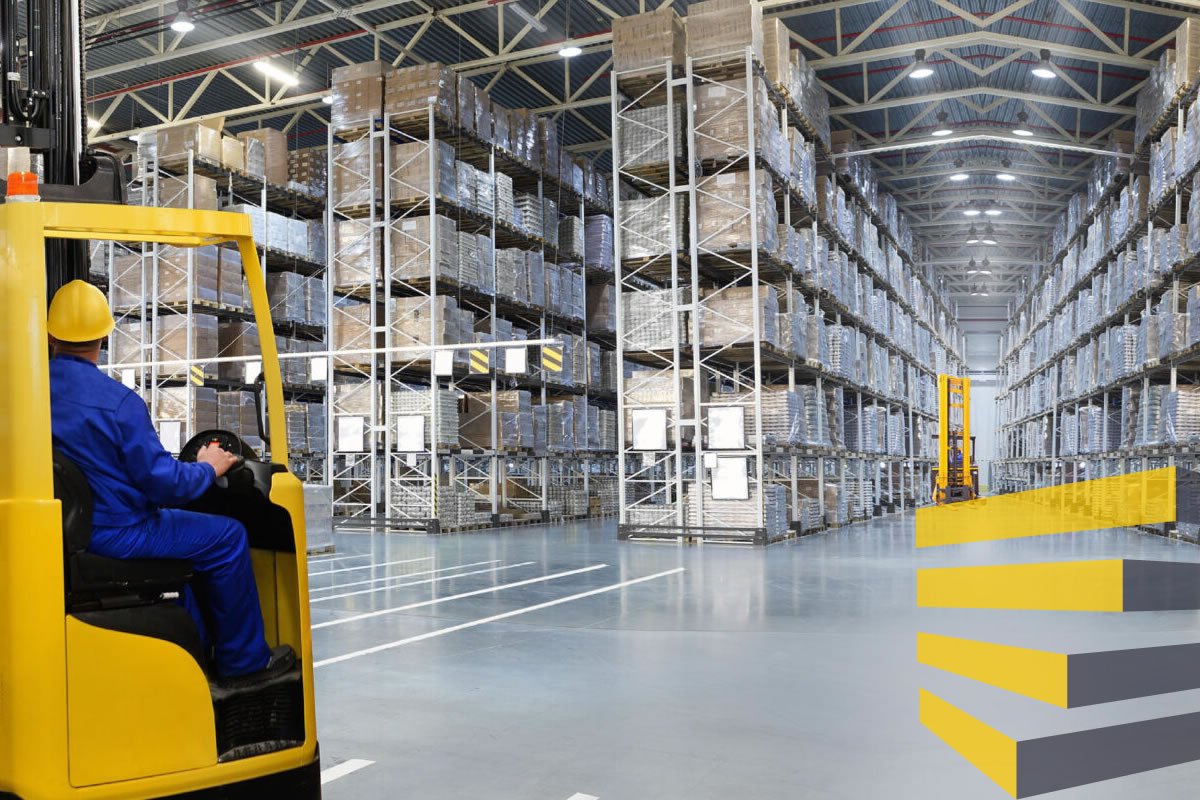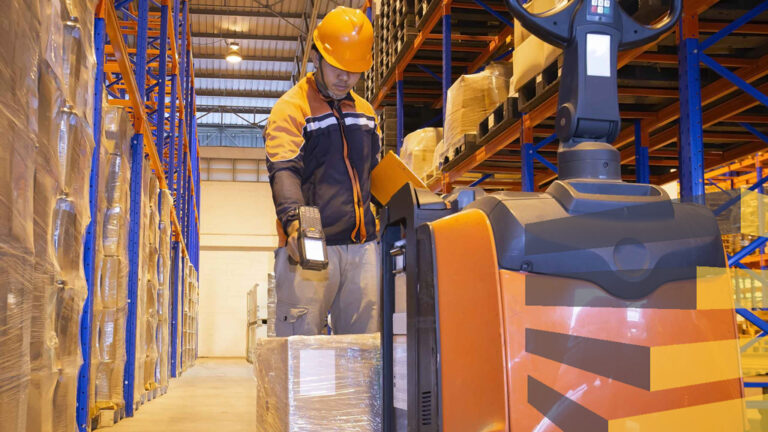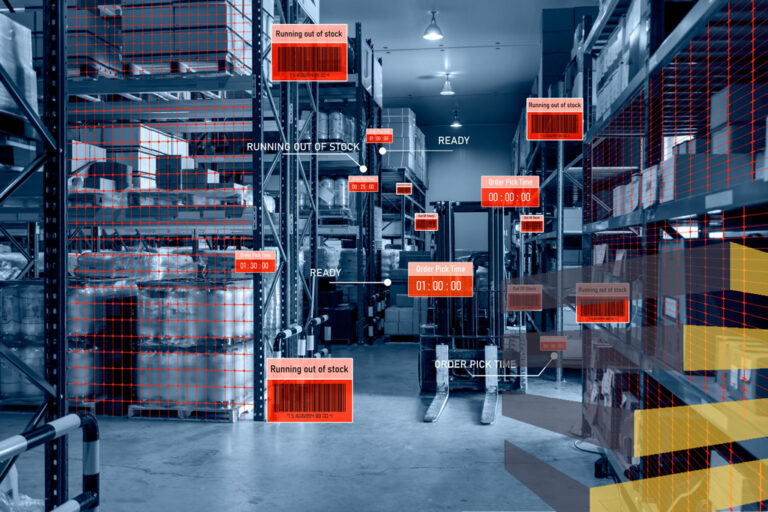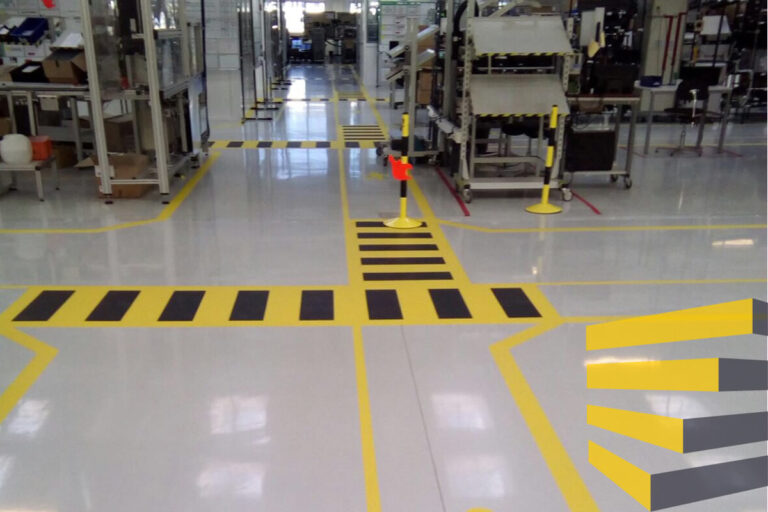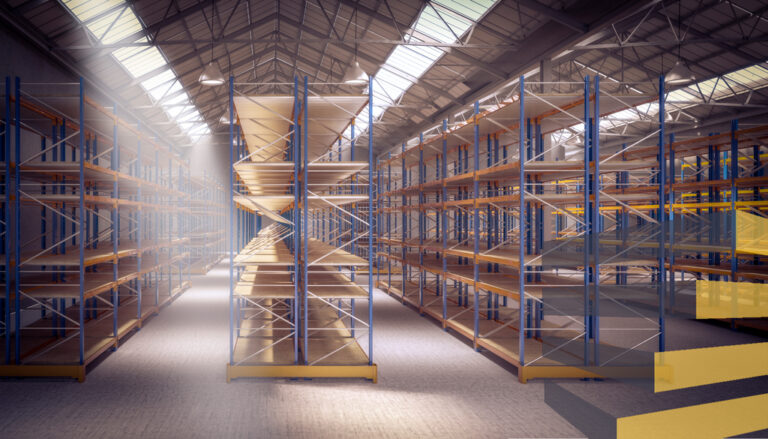Table of Contents
Since 2020, e-commerce has expanded rapidly, and demand continues to grow every year. In a competitive commercial environment, the final part of the supply chain, when goods reach the consumer, is critical. As such, finding ways to improve the last mile — as it is known — can be be crucial to the success of a business.
Because the last mile is directly connected to the consumer experience and getting it wrong can have severe consequences for the company.
SEE ALSO: 4 great reasons to install warehouse protection barriers
Those can be financial, in the event that goods arrived damaged or expired and need to be replaced, or reputational, given that unhappy online consumers are likely to leave negative online reviews and dent a company’s chances of attracting more customer. By the same token, strong reviews from satisfied customers can be vital to driving sales.
According to a McKinsey report, three in ten consumers are willing to pay for premium shipping. But doing so comes with the expectation of a rapid and high quality service.
As such, any companies seeking to win and retain new customers need to think about how they can improve the last mile. That starts with making sure the distribution center or warehouse setup is fully optimized, so that processing and dispatching goods is a fast and efficient process.
If you need somone to help you optimize your warehouse setup in Brazil, Mexico, or the United States, contact us.
How to set up your warehouse to improve the last mile
Proper warehouse design is key to an efficient operation. Everything should be oriented to a single goal: allowing goods to be processed andultimately leave quickly, without sacrificing service quality or safety standards.
With that in mind, the following eight points highlight ways in which to impove the last mile and help achieve that goal consistently.
The points cover a range of things, including proper selection and use of spaces, implementation of the latest warehouse and distribution center solutions, and the establishment of proper systems.
1) Locate warehouses strategically
If you are in the planning stage of a business or considering opening a new location, on way to improve the last mile is to locate warehouses or distribution centers according to where demand is highest or expected to be highest.
For clients based nearby that could dramatically slash delivery times as well as reduce the possibility of delivery errors, that can sometimes occur during high-volume longhaul deliveries.
Of course, this is something that needs to planned in advance and with a long-term vision. Because you should have in mind where you expect demand zones to be in the medium term, rather than immediately, before establishing a warehouse or distribution center in a particular location.
2) Anticipate flow patterns
The internal flow of goods should be planned before a facility goes live, with the path of goods and materials being properly considered from the time they enter to the time they leave a facility.
In many cases, a one-way flow helps to avoid congestion by reducing heavy traffic and therefore cutting down congestion and the potential for accidents to occur.
A key tool for signaling flow is the installation of appropriate warehouse signage. Another important component can also be the laying of warehouse floor marking.
3) Provide sufficient storage space
A significant portion of the space in a warehouse or distribution center will be dedicated to storing goods and materials. These areas should be easily accessible and have plenty of room for maneuver.
In many cases, the stored goods will be stored on pallets of different sizes, which should also be stored when not in use.
When planning a warehouse layout, it is essential to know how long the goods will be stored and how often they will be picked or moved to ensure optimal use of space.
4) Keep high-flow zones clear
Most warehouses and distribution centers are based on a workflow that involves picking goods from the warehouse that will later be used or shipped and will usually require designated areas to be set up where the picked goods are placed before being shipped.

Often in a picking area, some type of preparation is done prior to shipping the goods, such as wrapping them to keep them secure during shipment and consolidating them into consignments for shipping.
In order to improve the last mile when shipping, it is important to keep these areas clear in order to ship quickly and efficiently.
5) Automate where possible
Today many warehouses are working with automated processes and AI to make workflows more efficient and increase the safety of operations. This is very much the future of logistics.
Warehouse automation of includes using the likes of guided vehicles or autonomous robots, which can allow goods to be dispatched to their final location more rapidly.
Automation not only makes processes more efficient, but also helps avoid human error and increase the safety of operations, which by extension helps to improve the last mile.
6) Use smart warehouse management systems
Warehouse management systems can make use of artificial intelligence, big data and automation to simplify the complexity of daily operations, track orders and ensure they reach their destination.
Increased use of data analytics enables more efficient operations. An efficient system provides reports on the location and number of items, then matches that up to customer orders for maximum speed and efficiency to improve the last mile.
The use of AI also presents great opportunities for time management by predicting how customer demand fluctuates and then optimizing scheduling so that warehouses don’t suffer bottlenecks and delays.
7) Track inventory
Ultra-modern, optimized inventory tracking uses advanced technologies such as radio frequency, allowing items to be found and tracked over long distances in the last mile.
Such a system is very useful as it facilitiates tracking of all items leaving the warehouse up to the time of delivery. Cloud-based inventory tracking allows central nodes to manage multiple warehouses in concert with increasing efficiency.
The right system also allows you to provide timely data. This will alert you to potential shortages in times of high demand, which can help improve the last mile stage of delivery.
8) Ship at the right time
One option for warehouses is to ship items at non-traditional times to avoid the multiple inconveniences of peak time traffic. This often means night shifts, but can also also include off-peak daytime delivery slots.
There may be restrictions on delivery hours in certain zones, so it won’t always be possible to improve the last mile delivery by night working. However, warehouses can still avoid traffic peaks and work around those points.
Another way to improve the last mile is to have the goods leave the warehouse early, even if they cannot be delivered immediately, because delivery vehicles could still save time avoiding peak traffic hours.

Eight ways to improve the last mile
Serviap Logistics offers warehouse setup services
At Serviap Logistics, we offer various services for all types of warehouses, including supplying and installing signage, floor marking, racking and collision protection.
We also provide project management services to oversee every aspect of a warehouse setup, refit or relocation to improve the last mile.
We have a presence in Mexico, Brazil, and the United States, where we work with some of the largest and most-well known companies in the world, covering the likes of the automotive, e-commerce, and wholesale industries.
Everywhere we work, we are committed to the highest standards of safety and guarantee that everyone who works with us has the most up-to-date certifications related to their jobs.
Contact us today to find out more about how we can assist you with your warehouse or distribution center setup to improve the last mile.
If you were interested in this article on how to improve the last mile, check out more of our coverage.


